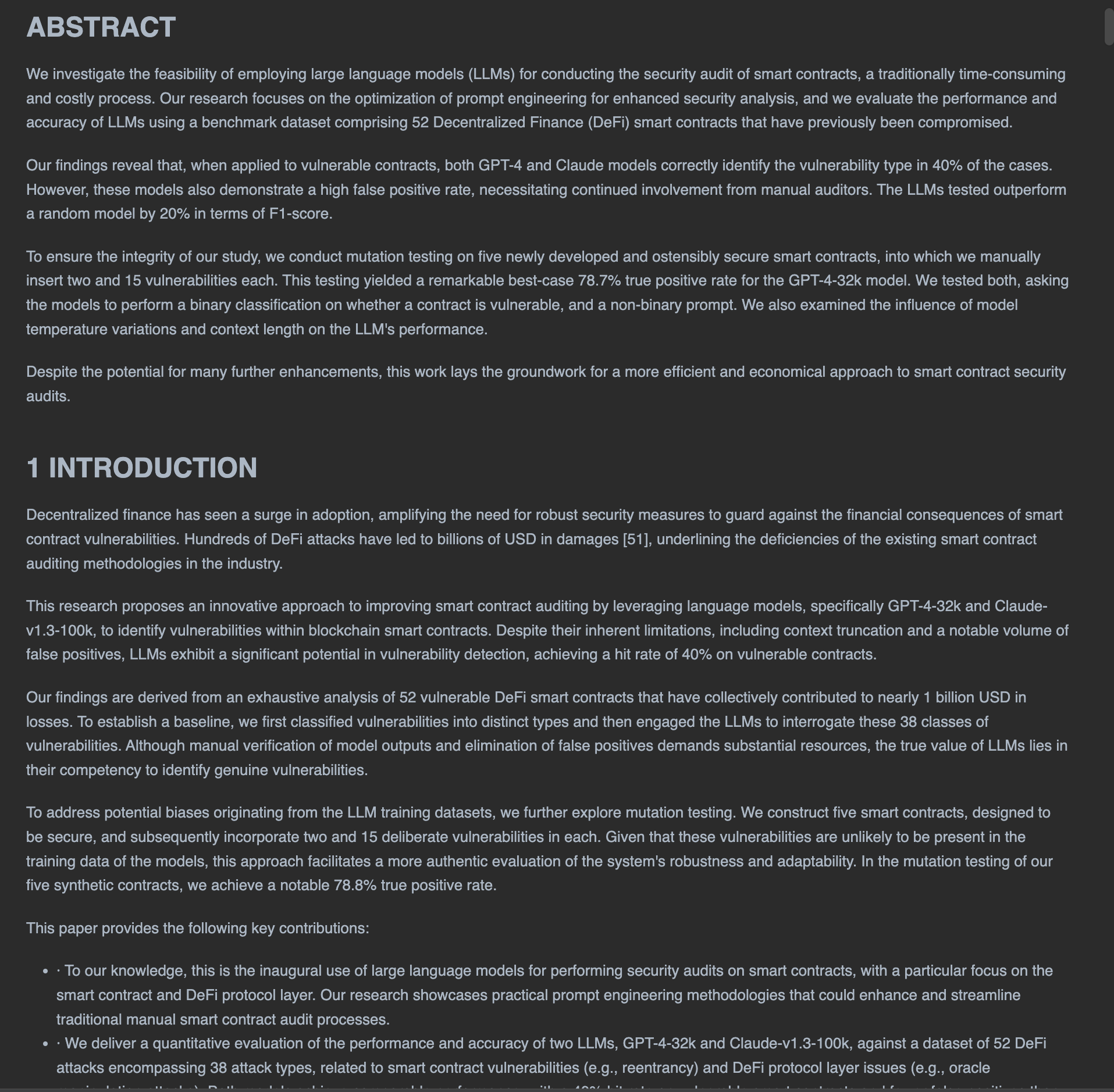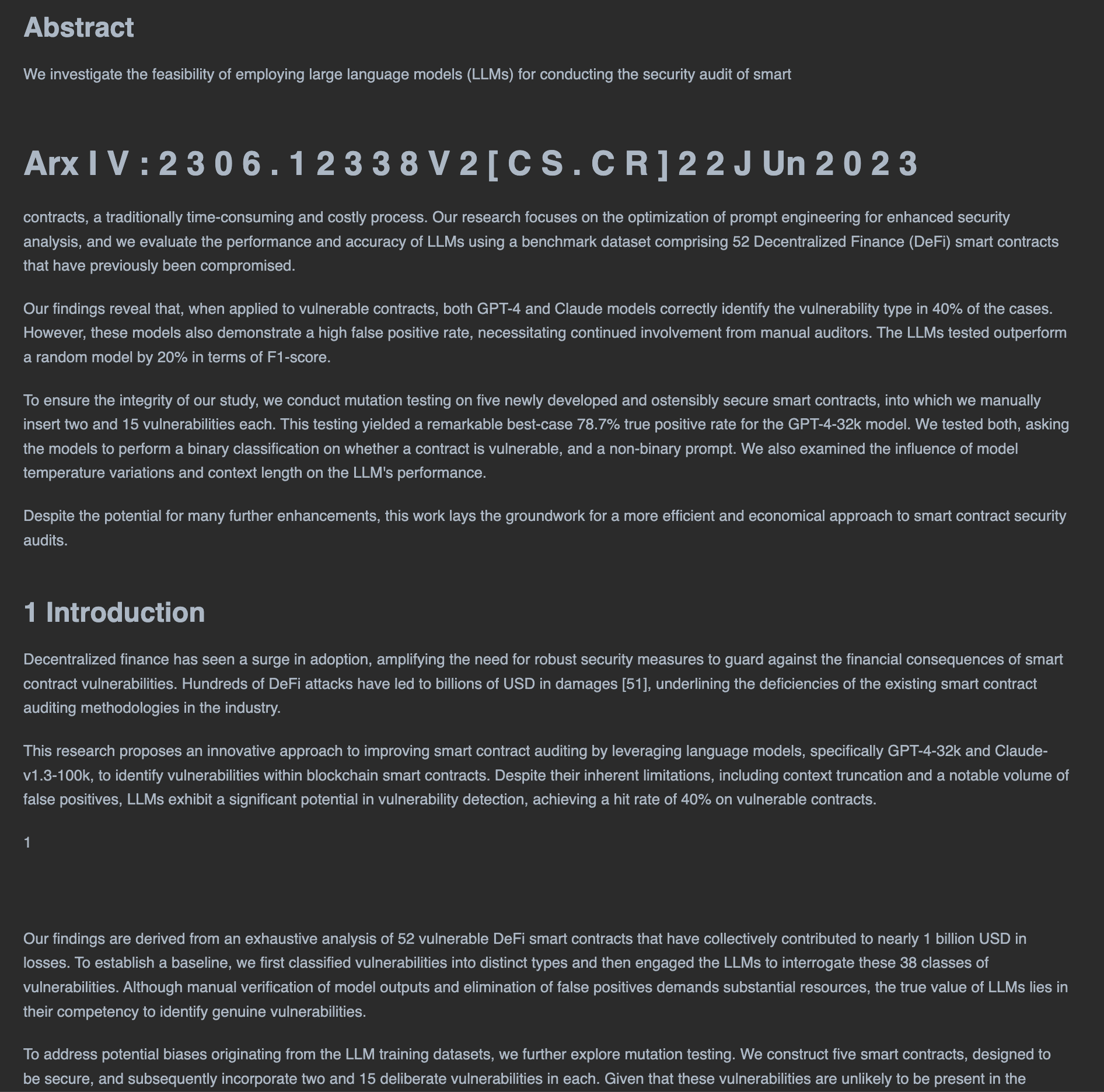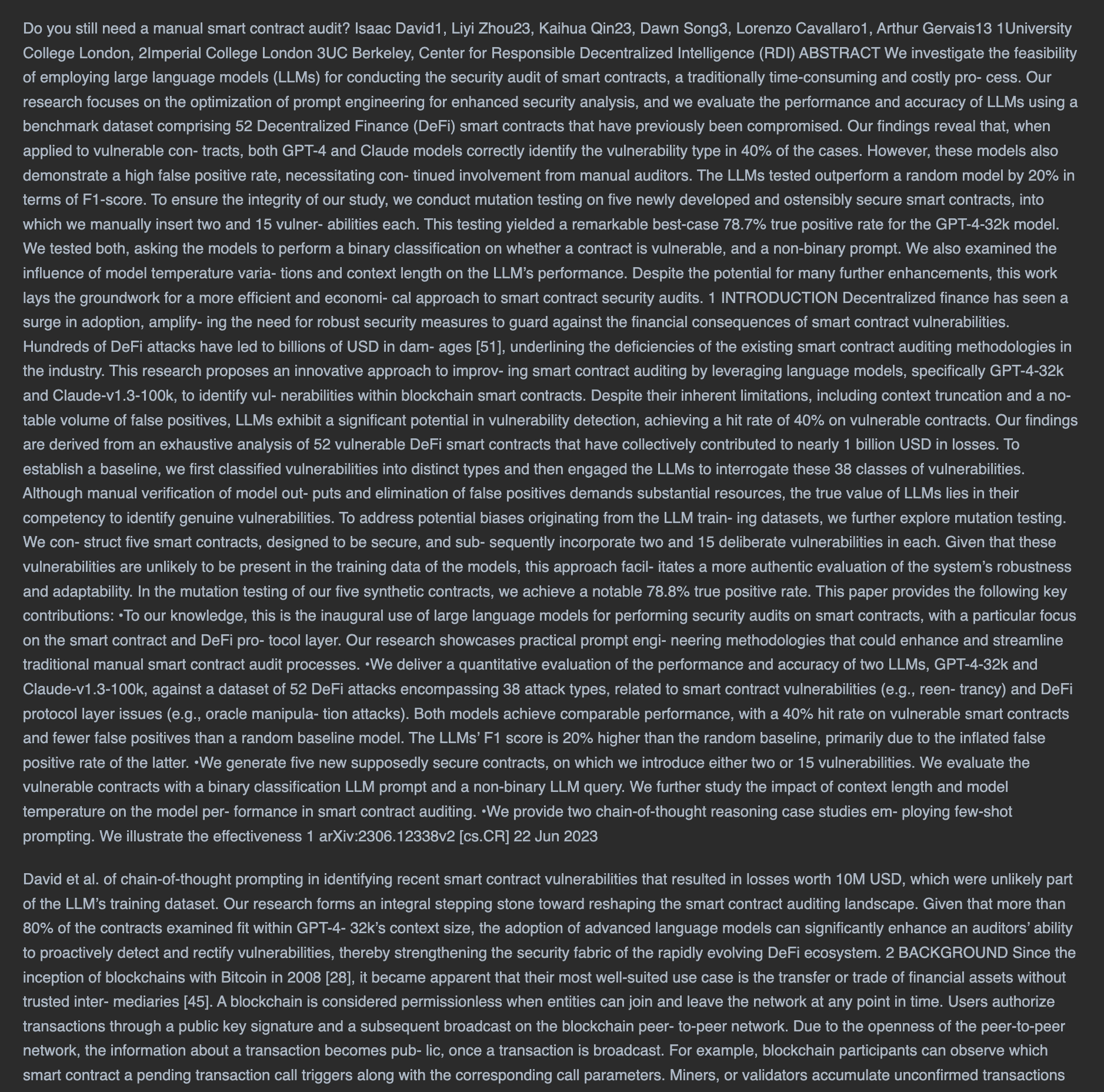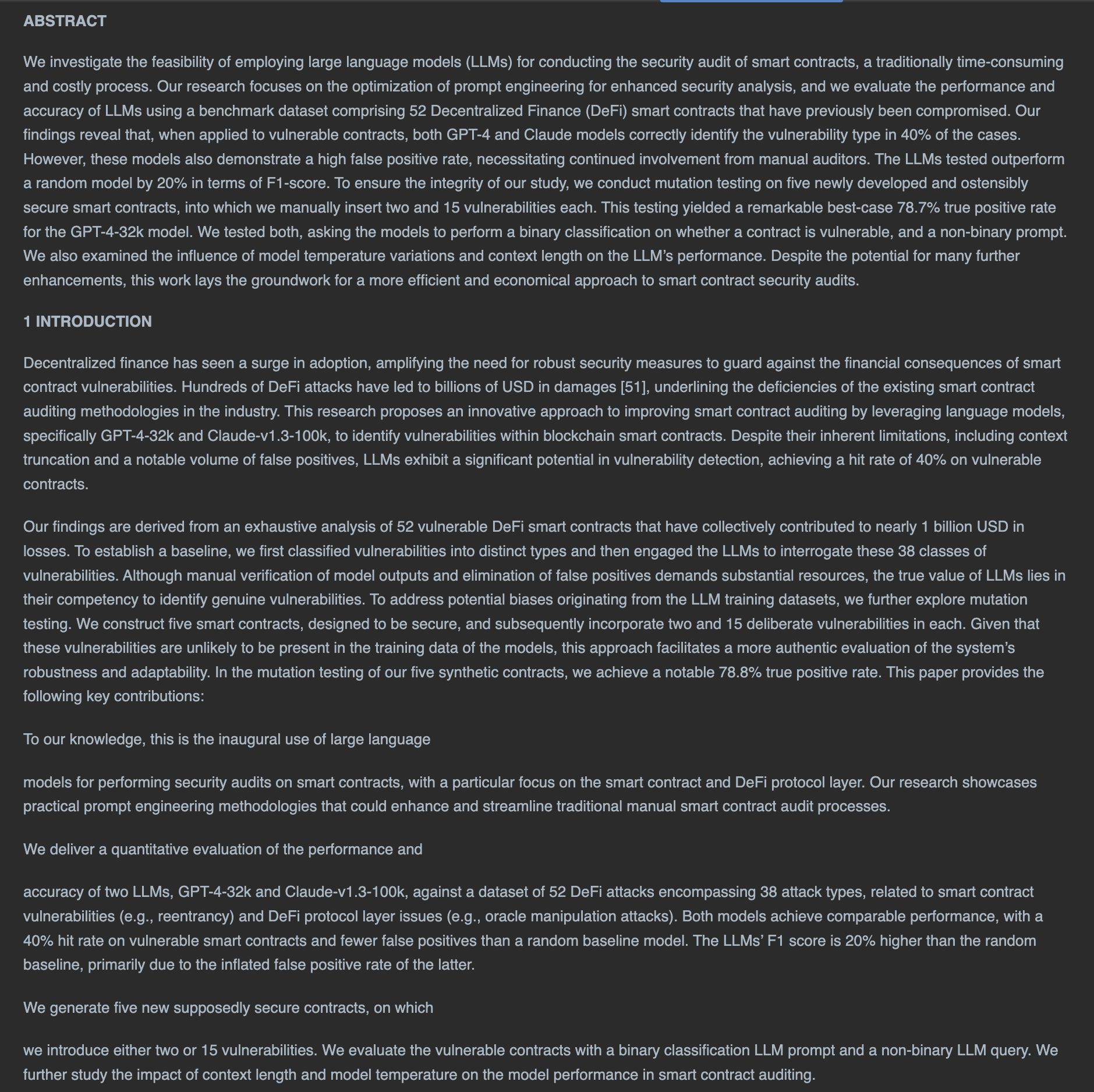Easily deployable and scalable backend server that efficiently converts various document formats (pdf, docx, pptx, html, images, etc) into Markdown. With support for both CPU and GPU processing, it is Ideal for large-scale workflows, it offers text/table extraction, OCR, and batch processing with sync/async endpoints.
Documents to Markdown Converter Server
[!IMPORTANT]
This backend server is a robust, scalable solution for effortlessly converting a wide range of document formats—including PDF, DOCX, PPTX, CSV, HTML, JPG, PNG, TIFF, BMP, AsciiDoc, and Markdown—into Markdown. Powered by Docling (IBM’s advanced document parser), this service is built with FastAPI, Celery, and Redis, ensuring fast, efficient processing. Optimized for both CPU and GPU modes, with GPU highly recommended for production environments, this solution offers high performance and flexibility, making it ideal for handling complex document processing at scale.
Comparison to Other Parsing Libraries
| Original PDF |
|---|
 |
| Docling-API | Marker |
|---|---|
 |
 |
| PyPDF | PyMuPDF4LLM |
|---|---|
 |
 |
Features
-
Multiple Format Support: Converts various document types including:
- PDF files
- Microsoft Word documents (DOCX)
- PowerPoint presentations (PPTX)
- HTML files
- Images (JPG, PNG, TIFF, BMP)
- AsciiDoc files
- Markdown files
- CSV files
-
Conversion Capabilities:
- Text extraction and formatting
- Table detection, extraction and conversion
- Image extraction and processing
- Multi-language OCR support (French, German, Spanish, English, Italian, Portuguese etc)
- Configurable image resolution scaling
-
API Endpoints:
- Synchronous single document conversion
- Synchronous batch document conversion
- Asynchronous single document conversion with job tracking
- Asynchronous batch conversion with job tracking
-
Processing Modes:
- CPU-only processing for standard deployments
- GPU-accelerated processing for improved performance
- Distributed task processing using Celery
- Task monitoring through Flower dashboard
Environment Setup (Running Locally)
Prerequisites
- Python 3.8 or higher
- Poetry (Python package manager)
- Redis server (for task queue)
1. Install Poetry (if not already installed)
curl -sSL https://install.python-poetry.org | python3 -
2. Clone and Setup Project
git clone https://github.com/drmingler/docling-api.git
cd docling-api
poetry install
3. Configure Environment
Create a .env file in the project root:
REDIS_HOST=redis://localhost:6379/0
ENV=development
4. Start Redis Server
Start Redis locally (install if not already installed):
For MacOS:
brew install redis
brew services start redis
For Ubuntu/Debian:
sudo apt-get install redis-server
sudo service redis-server start
5. Start the Application Components
- Start the FastAPI server:
poetry run uvicorn main:app --reload --port 8080
- Start Celery worker (in a new terminal):
poetry run celery -A worker.celery_config worker --pool=solo -n worker_primary --loglevel=info
- Start Flower dashboard for monitoring (optional, in a new terminal):
poetry run celery -A worker.celery_config flower --port=5555
6. Verify Installation
- Check if the API server is running:
curl http://localhost:8080/docs
- Test Celery worker:
curl -X POST "http://localhost:8080/documents/convert" \
-H "accept: application/json" \
-H "Content-Type: multipart/form-data" \
-F "document=@/path/to/test.pdf"
- Access monitoring dashboard:
- Open http://localhost:5555 in your browser to view the Flower dashboard
Development Notes
- The API documentation is available at http://localhost:8080/docs
- Redis is used as both message broker and result backend for Celery tasks
- The service supports both synchronous and asynchronous document conversion
- For development, the server runs with auto-reload enabled
Environment Setup (Running in Docker)
- Clone the repository:
git clone https://github.com/drmingler/docling-api.git
cd docling-api
- Create a
.envfile:
REDIS_HOST=redis://redis:6379/0
ENV=production
CPU Mode
To start the service using CPU-only processing, use the following command. You can adjust the number of Celery workers by specifying the --scale option. In this example, 1 worker will be created:
docker-compose -f docker-compose.cpu.yml up --build --scale celery_worker=1
GPU Mode (Recommend for production)
For production, it is recommended to enable GPU acceleration, as it significantly improves performance. Use the command below to start the service with GPU support. You can also scale the number of Celery workers using the --scale option; here, 3 workers will be launched:
docker-compose -f docker-compose.gpu.yml up --build --scale celery_worker=3
Service Components
The service will start the following components:
- API Server: http://localhost:8080
- Redis: http://localhost:6379
- Flower Dashboard: http://localhost:5556
API Usage
Synchronous Conversion
Convert a single document immediately:
curl -X POST "http://localhost:8080/documents/convert" \
-H "accept: application/json" \
-H "Content-Type: multipart/form-data" \
-F "document=@/path/to/document.pdf" \
-F "extract_tables_as_images=true" \
-F "image_resolution_scale=4"
Asynchronous Conversion
- Submit a document for conversion:
curl -X POST "http://localhost:8080/conversion-jobs" \
-H "accept: application/json" \
-H "Content-Type: multipart/form-data" \
-F "document=@/path/to/document.pdf"
- Check conversion status:
curl -X GET "http://localhost:8080/conversion-jobs/{job_id}" \
-H "accept: application/json"
Batch Processing
Convert multiple documents asynchronously:
curl -X POST "http://localhost:8080/batch-conversion-jobs" \
-H "accept: application/json" \
-H "Content-Type: multipart/form-data" \
-F "documents=@/path/to/document1.pdf" \
-F "documents=@/path/to/document2.pdf"
Configuration Options
image_resolution_scale: Control the resolution of extracted images (1-4)extract_tables_as_images: Extract tables as images (true/false)CPU_ONLY: Build argument to switch between CPU/GPU modes
Monitoring
- Access the Flower dashboard to monitor Celery tasks and workers
- View task status, success/failure rates, and worker performance
- Monitor resource usage and task queues
Architecture
The service uses a distributed architecture with the following components:
- FastAPI application serving the REST API
- Celery workers for distributed task processing
- Redis as message broker and result backend
- Flower for task monitoring and management
- Docling for the file conversion
Performance Considerations
- GPU mode provides significantly faster processing for large documents
- CPU mode is suitable for smaller deployments or when GPU is not available
- Multiple workers can be scaled horizontally for increased throughput
License
The codebase is under MIT license. See LICENSE for more information